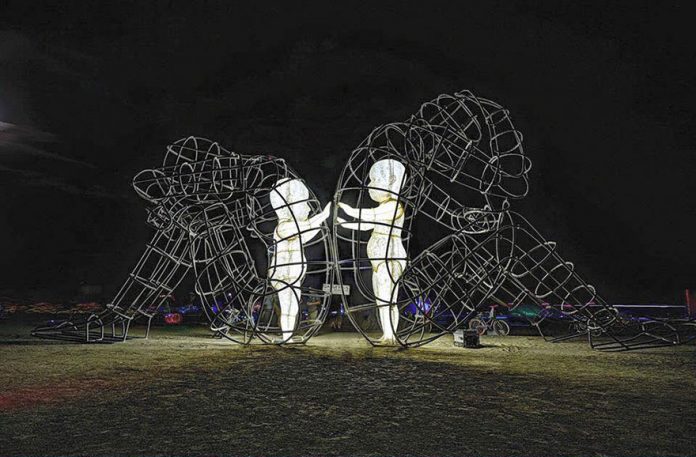The “inner child” is one of those concepts that is used regularly yet is a little confusing to think about.
It’s referred to in different ways, ranging from “the child archetype”, to “the child within”, to “the wonder child” to the “wounded child.”
Yet what does it mean? And how does connecting with your wounded “inner child” help you make positive changes in your life?
A few days ago I did an incredible masterclass hypnotherapy session with Marisa Peer (it’s online and free – you can do it too by clicking here). In the session Marisa takes us back to childhood in order to clear any traumatic experiences we had that have resulted in a fear of rejection.
The hypnotherapy session was really powerful, and it made me think about the concept of “the inner child”.
Here’s what it means, and 5 surprisingly powerful ways you can heal your wounded “inner child”.
What is the inner child?
The term “inner child” doesn’t refer to the part of your brain that is reserved for having childish thoughts!
Rather, the inner child exists as the childlike aspect within your unconscious mind. It reflects the child we once were in both her “positive” and “negative” aspects. Both our unmet needs and suppressed childhood emotions, as well as our childlike innocence, natural enthusiasm and creativity, are all waiting within all of us.
The repressed emotions refer to all of the things you were taught as a child not to feel if you wanted to receive love. The result is that you were only offered attention when you obeyed.
It’s almost inevitable that this happens when parents, education and society impose rules and standards to help socialize us into becoming functioning human beings. In fact, it’s good that this happens. Constraints are required in order to understand boundaries and grow as human beings.
However, the result is that the inner child within you still holds onto the sadness, anger and trauma that resulted from feeling rejected.
Simple examples of things we learn from our upbringing that result in feelings of rejection are “you better not say what you really think”, “don’t try to get that promotion because you aren’t smart enough”, “sex is bad” and “you need to make your parents happy.”
Connecting with the inner child focuses on bringing these feelings to the light of your consciousness so that you can find the root causes of the challenges you’re facing as an adult.
How to heal your wounded inner child
Deep within us resides the memories of the experiences we had as children. These memories continue to live and interact with the present.
Our inner child is the source of our vitality and creativity, and developing a relationship with our inner child helps to heal emotional problems that result from not honoring this part of ourselves in our adult lives.
There are many pressures in our adult lives that threaten to extinguish the flame of our inner child that lives within. You can fight back against these pressures by connecting with your childhood source.
Here are 5 ways to immediately connect with your inner child.
1. Reconnect with your childhood: One way to do this is to “time travel” back to your childhood. You can do this by making a list of things that brought you joy when you were young. Spend some time day dreaming and reliving these memories as though they were happening today.
2. Identify your specific inner child: According to WikiHow, there are patterns of childhood that are common to most people. See which patterns resonate with you in order to see what is coming up in your life today. Here are the examples they cite:
The abandoned child: This inner child often emerges from not getting enough attention from parents. It can be relatively innocent, such as parents being too busy, or it can be more severe, coming from abuse or neglect.
The playful child: This child is healthy and often neglected in adulthood. Do you remember when you were feeling playful and spontaneous, having fun without guilt or anxiety?
The fearful child: This child received a lot of criticism and regularly experiences anxiety when not getting enough affirmation.
3. Write a letter to your inner child: You can do this in the form of an apology if you feel you’re living a life that doesn’t honor your inner child. Or you could write simple letter explaining that you wish to build a stronger relationship with your inner child in your life today.
4. Pay attention to your feelings: Your inner child is sensitive and vulnerable. It’s important to pay attention to your inner child’s fears and insecurities as well as the joys and feelings of wonder that often come up when connecting with your inner child. Throughout the day, check in with yourself and ask, “how am I feeling right now?”
5. Be mindful of your inner critic: One of the biggest challenges I faced in spending time with my inner child was feeling like a fool for doing so. I’m an adult now and it felt silly to try and connect with the feelings I was having when I was a child. This was my inner critic speaking. It’s important to listen to this voice, at the same time as listening to the voice of your inner child. All of these voices deserve to be heard, and by listening to them you’ll give them the space to shape how you’re feeling today.












